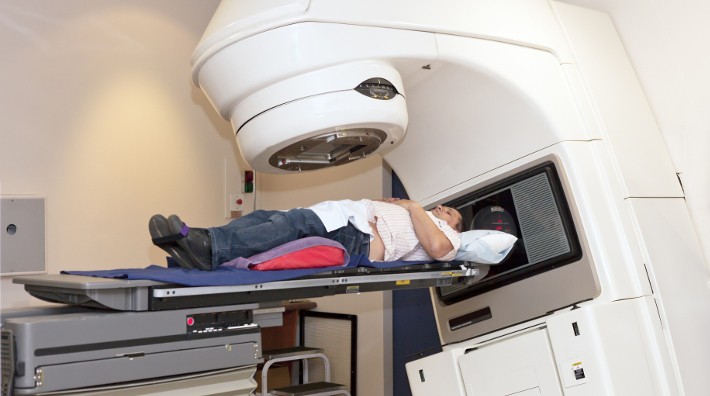
Oxygen in hyperbaric chamber provides relief after radiotherapy
Science News
October 16, 2019 – University of Gothenburg
Hyperbaric oxygen therapy (HBOT) can relieve self-reported symptoms and side-effects of radiotherapy against cancer in the pelvic region, a study shows. After 30-40 sessions in a hyperbaric chamber, many patients experienced reductions in bleeding, urinary incontinence, and pain alike.
“This treatment is highly effective for the majority of the patients” states Nicklas Oscarsson, first author of the article, a doctoral student in anesthesiology and intensive care at Sahlgrenska Academy, University of Gothenburg, and senior consultant at Angered Hospital.
Radiotherapy is part of many treatment protocols of cancer in organs such as the prostate, cervix, ovaries, and colon. One side-effect of radiotherapy in the lower abdomen is damage of nearby, healthy tissue such as the urinary tract, bladder, vagina, or rectum.
Symptoms such as a frequent urge to urinate, incontinence, bleeding, and severe abdominal pain cause both physical and social difficulties. These may arise several years after radiotherapy and cause chronic and often increasing discomfort. Often, all these patients can be offered is temporary relief of symptoms or mutilating surgery.
In the current study, the first randomized controlled study to compare hyperbaric oxygen with standard care, published in The Lancet Oncology, 223 patients were screened, and 79 were included in the analysis. Patients reported relatively severe symptoms and lifestyle limitations, mainly due to reduced urinary bladder capacity, bleeding, incontinence, and pain.
The patients were treated at university hospitals in five Nordic cities: Bergen in Norway, Gothenburg and Stockholm in Sweden, Copenhagen in Denmark and Turku in Finland. 38 patients, the control group, were given standard care, which normally includes medication and physical therapy, while the other 41 were treated with hyperbaric oxygen for 90 min daily, 30-40 times.
Full research article here